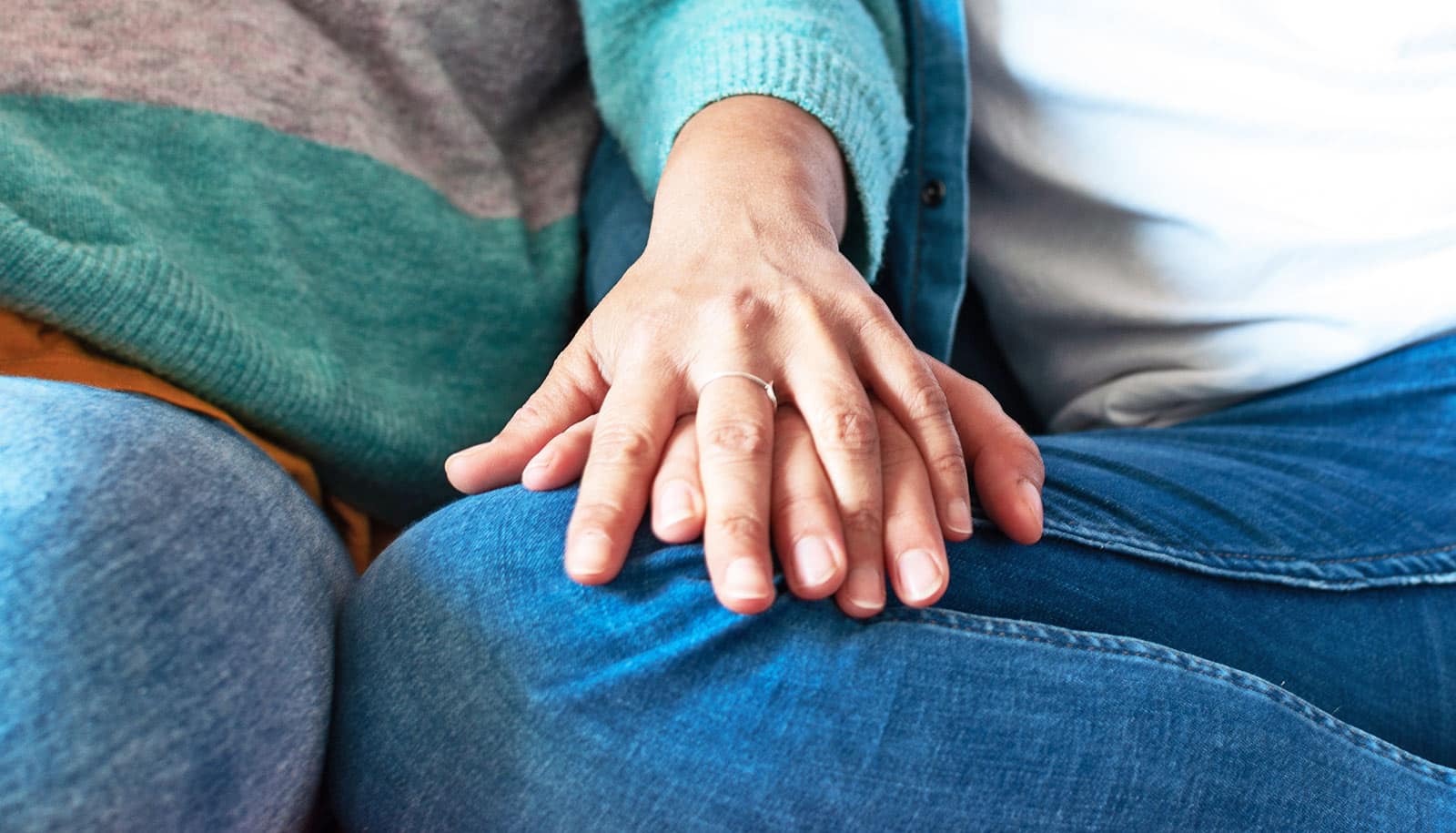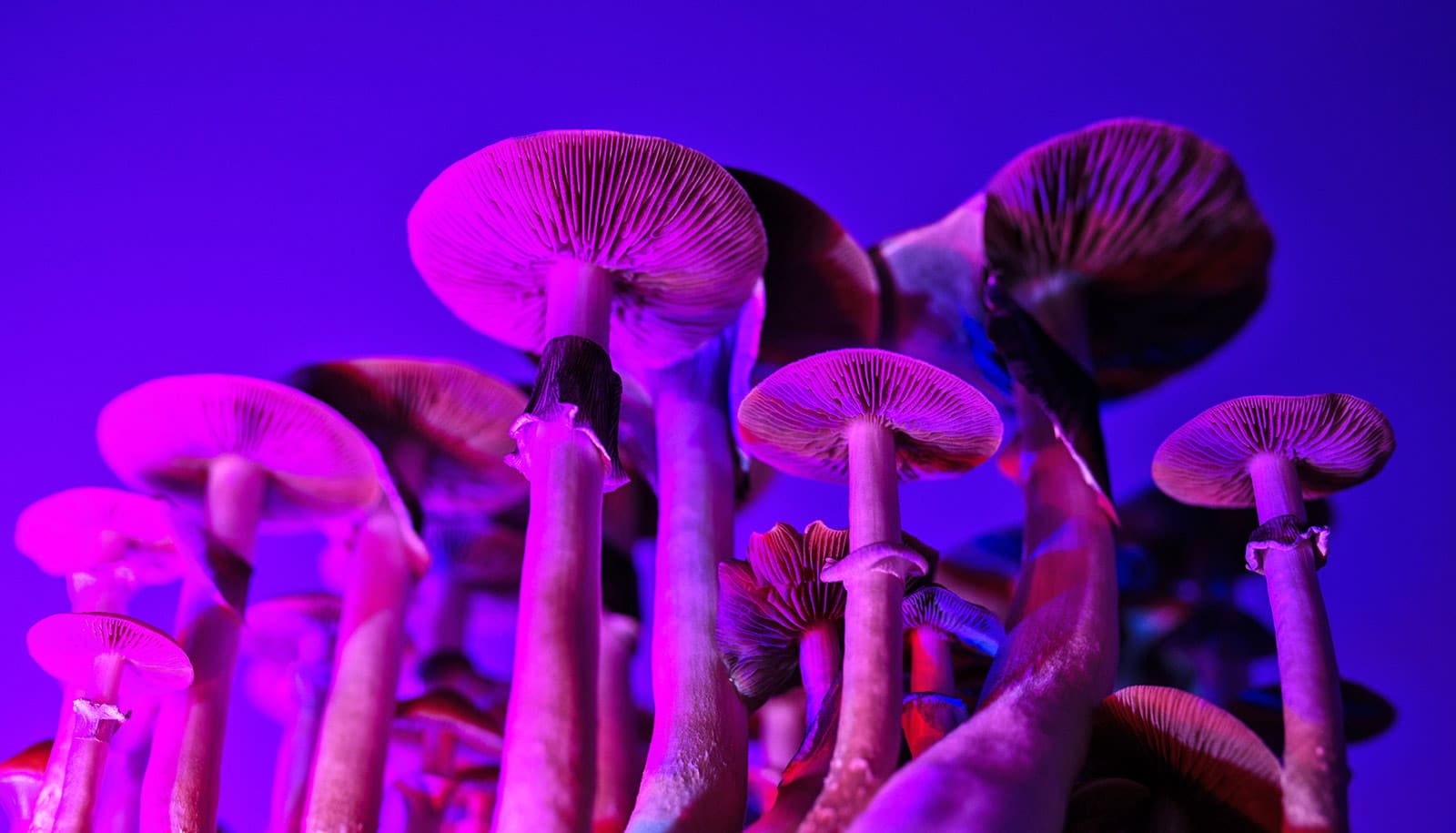Illicit cannabis use and cannabis use disorders increased at a greater rate in US states with medical marijuana laws than in other states, research shows.
A new study analyzes the differences in cannabis use and cannabis use disorders before and after states passed medical marijuana laws. The study differentiated between earlier and more recent time periods and also examined selected states separately.
Laws and attitudes about marijuana have changed over the last 20 years. In 1991, no Americans lived in states with medical marijuana laws. In 2012, more than one-third lived in states with such laws, and fewer people viewed cannabis use as risky behavior.
For the study in JAMA Psychiatry, Sandro Galea, dean of the Boston University School of Public Health, and colleagues used data from three national surveys collected from 118,497 adults: the 1991–1992 National Longitudinal Alcohol Epidemiologic Survey, the 2001–2002 National Epidemiologic Survey on Alcohol and Related Conditions, and the 2012–2013 National Epidemiologic Survey on Alcohol and Related Conditions-III.
Overall, from 1991 to 1992 and 2012 to 2013, illicit cannabis use increased significantly more in states that passed medical marijuana laws than in other states, as did cannabis use disorders. In particular, between 2001 and 2002 and 2012 and 2013, increases in use ranged from 3.5 percentage points in states with no medical marijuana laws, to 7 percentage points in Colorado. Rates of increase in the prevalence of cannabis use disorders followed similar patterns.
More legal pot, but fewer teen pot problems
While medical marijuana laws may benefit some people with health problems, changing state laws may also have adverse public health consequences, including cannabis use disorders.
A “prudent interpretation” of the study results is that professionals and the public should be educated on risks of cannabis use and benefits of treatment, and prevention and intervention services for marijuana disorders should be provided, says lead author Deborah Hasin of the Mailman School at Columbia University.
While illicit use of marijuana decreased and marijuana use disorder changed little between 1991 and 1992 and 2001 and 2002, both use and disorder rates increased between 2001 and 2002 and 2012 and 2013.
In 1991–1992, the predicted prevalence of use and disorder was higher in California than other states with early medical marijuana laws (use: 7.6 percent vs. 4.5 percent; disorder: 2 percent vs. 1.15 percent). However, the predicted prevalence of past-year use in California did not differ significantly from states that passed laws more recently. In contrast, the prevalence of use and disorder increased in the other five states with early medical marijuana laws.
Future studies are needed to investigate mechanisms by which increased cannabis use is associated with medical marijuana laws, including increased perceived safety, availability, and generally permissive attitudes.
Additional coauthors are from Columbia University Medical Center; the Mailman School of Public Health; and the University of California, Davis.
The National Institute on Alcohol Abuse and Alcoholism, the National Institutes of Health, the National Institute on Drug Abuse, and the New York State Psychiatric Institute funded the work.
Source: Boston University



